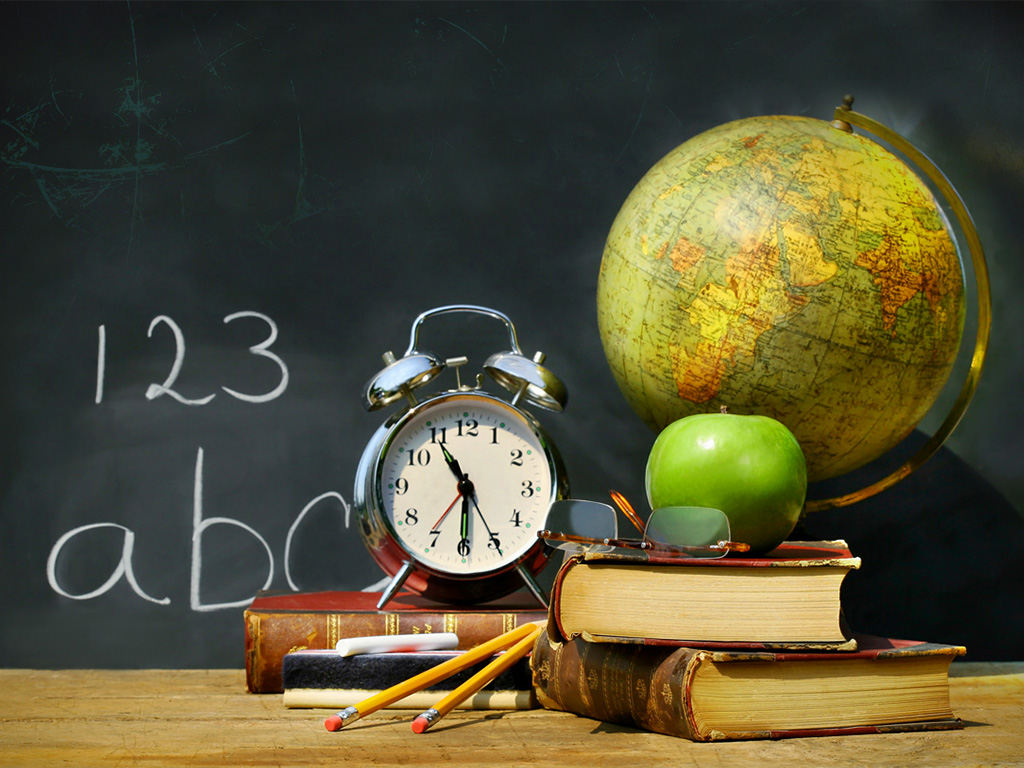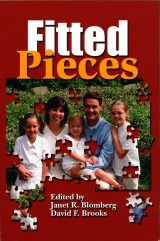(Thoughts from Dr. Brenda D, Ed. D-serving as a Regional Education Consultant & Liaison for TCKI member families.)
What are the stages of language learning and literacy? How are these influenced and how are these integrated cognitively for learning? How do we integrate and transition children’s education with our work and ministry cross-culturally?
In order to explore these topics for language and Literacy, we must consider child development and foundational principles of learning.
First, we will discuss Piaget’s Stages of Development and Learning. According to Jean Piaget and others, we know that learning takes place as a process during the cognitive developmental stages of growth. There are optimal stages of learning during cognitive development. McLeod, 2018, states that Piaget (1936) found that the process of cognitive development has some basic foundational principles during the learning process. McLeod, 2018, also states that Piaget believed that these foundational principles are an interaction cognitively between three basic processes; cognitive stages of developmental maturation, a way to organize information cognitively and the assimilation and accommodation of information.
Examples of assimilation and accommodation: When a child has a new experience which they have not had before, there is a sense of disequilibrium or frustration with that new information until there are experiences that show the child how to organize that information as to what and why with explanation. For these reasons’ students at each stage of development need significant adults to engage in the learning process to help them transition the disequilibrium in a new learning experience. Example of teaching new vocabulary through reading aloud high-level reading in addition to developmental level reading to children. Once the new information is presented, the parent or significant other can discuss the meaning through “show and tell”.
One way of reading to students called “dialogic reading” is also helpful. In this type of oral reading to students and adults, discussion of the reading passage and meanings of the passage is discussed as to why or how do you know etc. allowing students to verbalize what they understand about the reading passage. The dialogic reading together allows students to assimilate and accommodate new cognitive information such as new vocabulary and inductive reasoning for example as Piaget states in his theory of assimilation and accommodation.
Integration of children’s education into work and ministry cross culturally begins with determining to be a “family in education and ministry”. Education of children must be seen as parental responsibility not delegated to schools or organizations.
Research shows that students who do well adjusting and transitioning in school and life with a sense of self-efficacy have positive environmental interaction in their learning at each stage of development by their engagement with their environment as they are learning. The environment may include significant others, such as teachers, pastors, parents, friends helping them assimilate and accommodate new learning experiences. We sometimes refer to these as coaches, mentors, teachers, and counselors who work together with parents to provide support for the educational, social and emotional support impacting academic learning.
Resources:
Dickey, Brenda, (2012). “An Analytical Integrated Review of the Self-Efficacy Construct and Its Effect on Academic Achievement Cross-Culturally”.
McLeod, (2018). Jean Piaget’s Theory of Development. Retrieved from:



